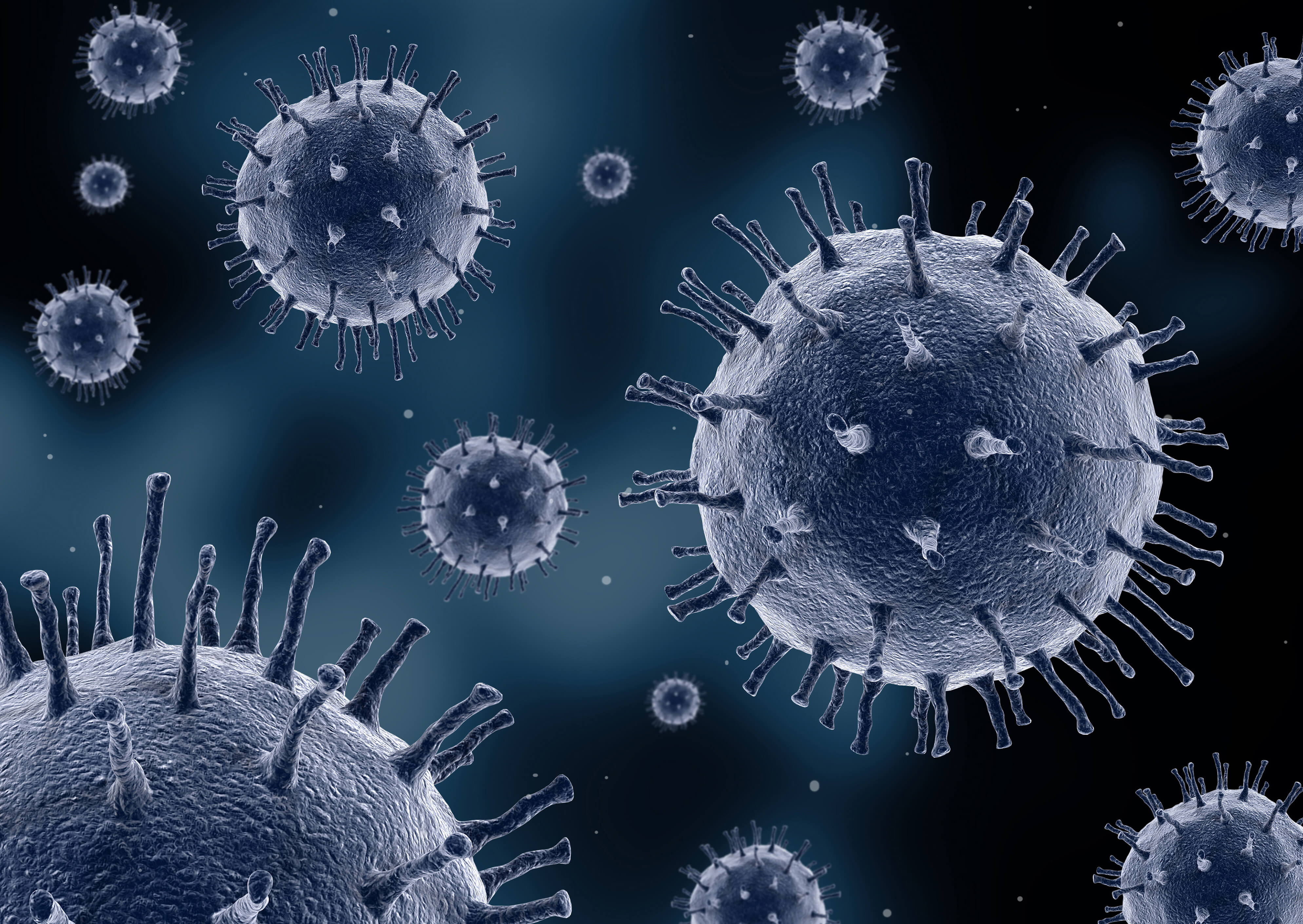COVID-19 is an infectious disease caused by the SARS-CoV-2 virus. It is commonly referred to as the coronavirus. Technically speaking, coronaviruses are a big family of different viruses, some of which simply cause the common cold in people. The SARS-CoV-2 version of the coronavirus that set off the global pandemic was first detected in late 2019.
Other variations of the coronavirus include SARS and MERS. SARS emerged in 2002 and quickly spread to almost 30 countries. More than 8,000 people were infected by July 2003, and 774 died. MERS started in 2012. This coronavirus is less contagious than its SARS cousin but more deadly, killing 858 people of the 2,500 cases.
The virus is transmitted to people from wild animals and spreads in the human population through human-to-human transmission. The virus can spread from an infected person’s mouth or nose when they cough, sneeze, or simply breathe, depending on the distance between the people. According to the World Health Organisation, most people who fall sick with COVID-19 will experience mild to moderate symptoms and recover without special treatment. However, some will become seriously ill and require medical attention.
How can microbial control help?
In the absence of effective treatment, infection control is crucial to avoid further transmission of the disease.
The coronavirus is an “enveloped virus”. Enveloped viruses are easier to destroy than non-enveloped ones, as it is sufficient to destroy the “envelope” – which protects the virus’s genetic material – to kill this type of virus.
Enveloped viruses are known to be responsive to a broad range of hospital disinfectants used to disinfect hard and non-porous surfaces. Through appropriate use of these disinfectants, it is possible to curb the contamination from human to human, and from surface to human, of a virus that would otherwise cause multiple deaths at each outbreak.
While non-enveloped viruses, such as norovirus, are much harder to destroy, disinfectants based on advanced microbial control technology have active ingredients that show efficacy against both enveloped and non-enveloped types of viruses. These disinfectants can similarly be used to reduce the risk of human-to-human, and surface-to-human, transmission.






